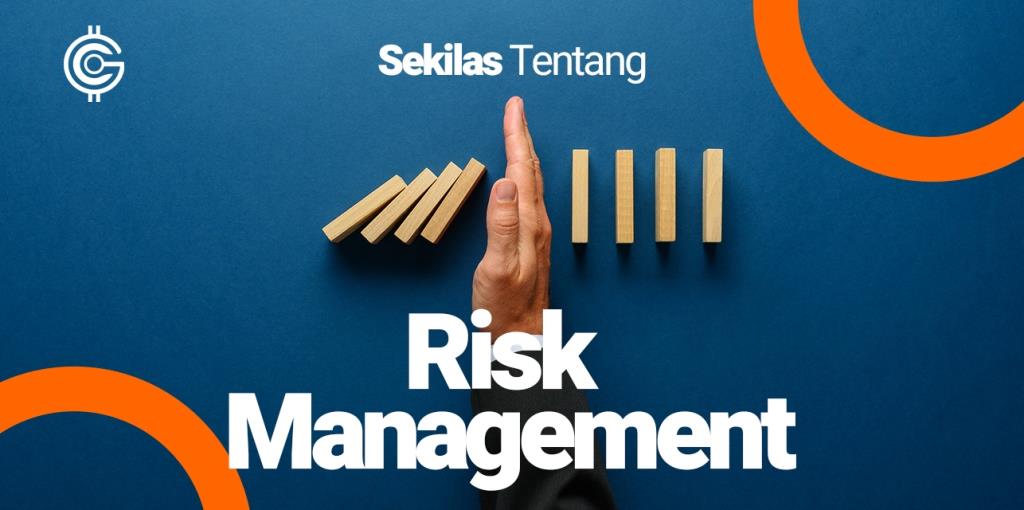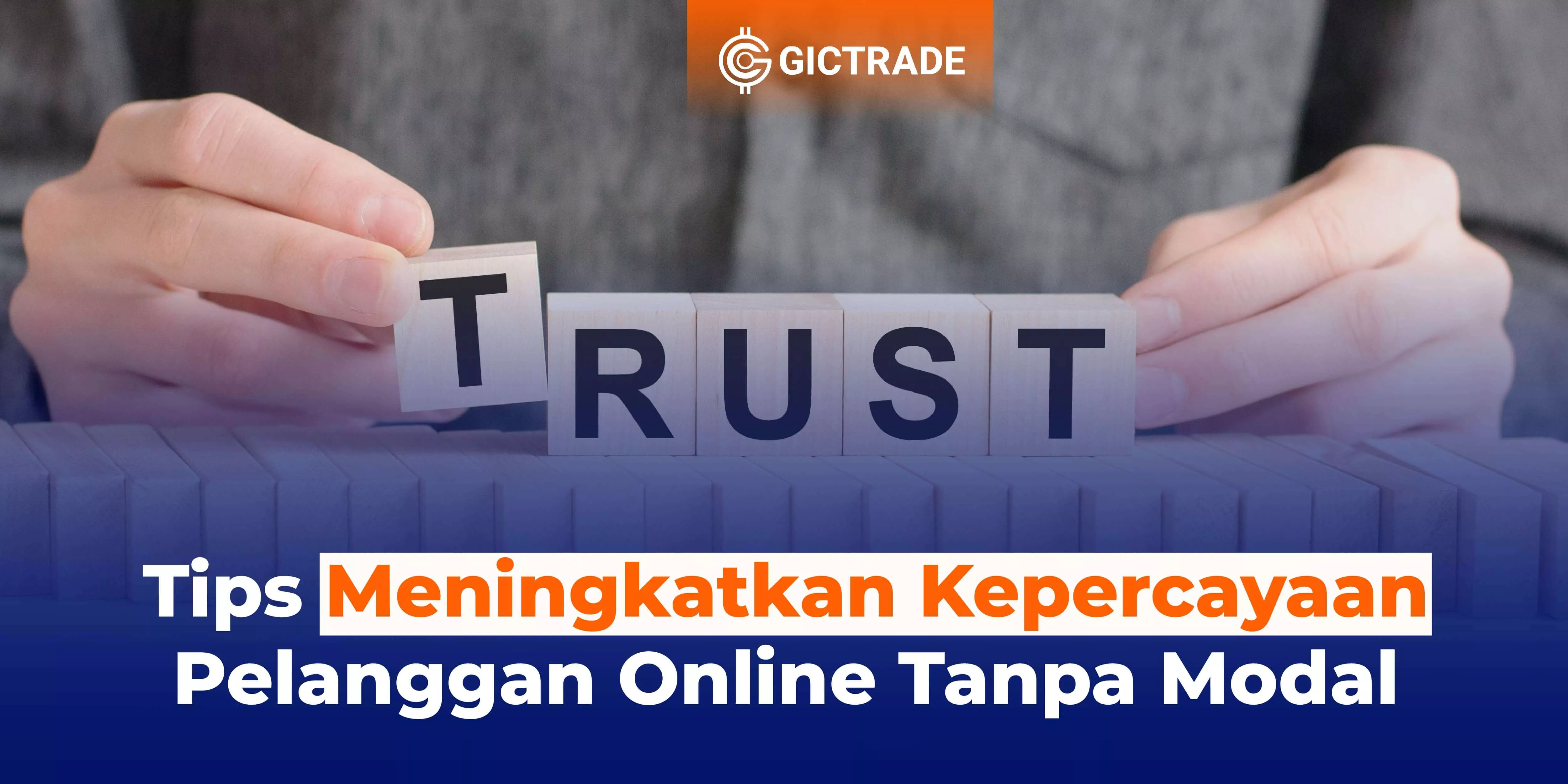Definition of Risk Management
Risk management is the process of identifying, analyzing, evaluating, controlling, and trying to avoid, minimize, or even eliminate unacceptable risks. In this case, risk will be related to the approach or methodology in dealing with uncertainty in the business. Simply put, corporate risk is anything that can harm or jeopardize the business decisions taken. Various things such as financial difficulties, mistakes in marketing strategies, competitor developments, to pandemic conditions like the one that is currently happening. Risk management is an activity carried out at the level of the executive leader, namely the discovery and systematic analysis of losses that the company may face due to a risk and the most appropriate method to handle losses that are linked to the company's profitability.Risk Management Function
In its creation, there is certainly a function that applies to risk management itself. Risk management itself certainly has a qualified strategy to minimize all existing risks. For this reason, there are various functions of risk management itself, namely:- Protecting the company from threats that endanger the existence of the business.
- Maintain the reputation that the company has built.
- Avoiding existing law violations.
- Increase the efficiency level of the company's funds used.
- Developing the company into a higher-level business scale.
- Creating a safe and secure working environment for all staff and customers.
- Protect the company and the surrounding environment from the risk of adverse events.
- Provides protection for all people and assets involved in dangerous risks.
- Helps determine the company's insurance needs so that it can minimize non-essential premiums.
- Minimizing the possibility for the company to go bankrupt.
Duties and Responsibilities of Risk Management
There are also duties and responsibilities imposed on a person who is a risk management officer. These duties and responsibilities are:- Identify financial, safety, or security risks that the company may face.
- Prepare plans and actions to reduce risk factors.
- Collecting financial information from clients such as income, assets, and debts.
- Manage the company's insurance policy.
- Conduct a risk assessment, which is an assessment of the company's way of handling risks before.
- Establishes a policy on the amount of risk that the company can take.
- Explain possible external risks posed by corporate governance to stakeholders.
- Conduct audits of risk-taking policies and compliance.
- Working closely with the company's internal and external auditors.
- Document the company's insurance policy and claim records.
- Review new contracts or internal business proposals.
- Building awareness about risks in company staff by providing counseling and training.

Risk Management Process and Methods
After knowing the duties and responsibilities of a risk management officer, this time we will learn the process and methods of risk management that must be applied to each existing problem. The process is the first to learn the situation. Before compiling the right way to manage, as a risk management officer or trader, you must first understand what the environment of the business place is like and also your trading strategy. Studying these situations and conditions will make the process easier. The second is to identify and analyze risks.From observing the environment, later you will find potentials around the industry that can be threatening. The next step that can be taken is to analyze the risk itself. A company must be able to estimate what consequences must be faced from one specific risk. In other words, how these risks can threaten or harm the company must be clearly mapped. The third is risk evaluation. Identify the risks that you have done and you must review them later. This is to determine which risks the company is able to bear.
That way, the company's running will not be so threatened. The considerations made by one company and the other are certainly different. So do traders. This is because the risk assessment is taken, based on the competence or ability of the company and the trader itself. The fourth is mitigation and monitoring. Establish mitigation plans or actions that can prevent risks from occurring. The process must not be separated from the company's monitoring. Under any circumstances, companies must be ready to track new risks that arise.
This action should be done regularly, so that the data will always be updated. And also the last point is communication. Communication is the most crucial thing during the process. The internal and external parties of the company must cooperate well in terms of communication. So, the risk management process carried out can be successful. If you understand the process, you can invite friends or become an IB so that you can increase your daily income by joining the GICAffify program.

Tips for Applying Risk Management to Forex
Experienced traders will certainly be very concerned about this risk management. Traders will consider risk management as the true 'holy grail' in the trading world. You must have a handle to apply risk management itself logically and proportionally. Here are some tips that you can apply to apply risk management in forex.Define Stop Loss
Stop loss is a feature to lock the lowest position that you have set before to avoid larger losses. So for those of you who are beginner traders, please pay more attention to this. With the use of stop loss, you will also be saved from larger losses. Another advantage of stop loss is lock in profit (commonly known as take profit). This can happen when you lock on a certain position, then you will automatically get a certain profit at that point. The last decision that needs to be taken when the loss has touched a figure above 2% is the right choice when making a stop loss. With a stop loss, you only need to close the position without making any profit. But at least, the losses you have to accept are not too big and still leave for the next trading capital. This stop loss strategy means that it can accept defeat within a certain limit. Before a trader starts trading, it is best to determine the acceptable risk limit. By setting this stop loss point, when the price moves a few pips in the opposite direction to the position you took, then you can quickly cover the position and accept a loss. This technique is also done by closing loss-making transactions as soon as possible with the aim of avoiding the risk of greater losses.Get to Know Your Trading Style
The many motivations and trading orientations make everyone's style different. There are traders who are comfortable with setting positions in a short period of time, there are also traders who have to trade with long-term positions. In addition to the time framing of different people, investment instruments or pairs can also affect your tarding style. The customs for forex will certainly be different from gold. The movement of the gold market will tend to follow the development of world stability. Meanwhile, for some forex, such as USDCAD tends to be closely related to oil price movements. In essence, you still have to really understand what underlies the market movement of an instrument. If you have identified your trading style that suits your personality and desires, then you can also estimate how to manage the timeframe and better understand the instrument of your choice. That way, you can develop a better risk management strategy.Mindset Trading
The use of mindset is also the most important thing in trading. A trading mindset can be used as a skill. The more expert you are, the more money you will earn. To become an expert, you have to learn a lot to read market analysis. In addition, you also have to try various strategies, anticipate things that could happen, and do more research about your investment instruments. A person's expertise will be formed by consistency and flying hours. Therefore, you must keep learning to do everything in this trading.Switching
This technique arises from the advantages of forex having a two-way trading opportunity. The way it works is to change the trading position from buy to sell, or vice versa. For example, you have opened a buy position, of course you hope that the price will strengthen so that you can make a profit. However, it turns out that the price does not move up according to your analysis, so you have to close the transaction and open a short position to cover the loss from the previous transaction, as well as pursue potential profits. This switching technique requires careful and confident analysis. If you are not sure about your second transaction that will generate profits and can cover losses, then just do a stop loss without switching.Cost Averaging
There is also a cost averaging technique. This technique comes from the opinion that market prices are unlikely to move in one direction forever. With the cost averaging technique, you will trade regularly and consistently without being affected by existing price movements. So that in the end, you will get an average profit opportunity and loss risk. Cost averaging is a fairly extreme technique. So, this technique is more recommended for traders who have more funds for trading. After knowing the tips for applying risk management in forex, you can test your trading strategy on the Preliminary Test to know how far your knowledge is in trading.
Advantages of using Risk Management
There are benefits that can be obtained when having this risk management. These benefits are useful for companies and individuals in carrying out their duties. Some of the benefits that can be obtained are:- Look at possible risks from smallest to largest.
- Providing insight and information to the Board of Directors to be more vigilant.
- Provide additional inspiration to the company through cooperation with clients related to policy formation.
- Reduce the burden of business transactions with structured planning.
- Helping companies frame their financial problems.
- Improve customer decisions due to an assessment of the risk of reduced customer interest.
- Improve enterprise security.
Then there are also advantages to make it easier to make decisions. When companies can analyze strategies and risks, they can also make decisions easily. The decision can be in the form of whether or not to use a strategy that has been analyzed or replace the strategy with another strategy that is considered effective. The company's financial plan can and will also be maintained. This advantage is also the main purpose of risk management, namely to maintain the company's financial income or income.
If the company's finances are maintained, then the company's finances can be sufficient to develop and meet its needs. And also able to increase existing productivity. With this risk management, it will make companies more cautious in their actions. That way, companies can avoid problems and risks that cause productivity to be hampered. Increased productivity will of course provide greater profits or profits for the company.
After learning what risk management is, its duties, functions, benefits, as well as tips and tricks in trading to minimize existing problems, you are still expected to learn more about risk management and trading itself. And don't forget to download the application of GIC Mobile on your Smartphone so that you can apply risk management itself to trading. This the discussion from GICTrade regarding the explanation of "Risk Management, Risk Management Tips on Forex". You can also find out other information about forex, stocks, and other financials, such as "Ichimoku Kinko Hyo, Standard Trend of Japanese Forex Analysis Tools" only in the GIC Journal. Also make sure you deepen your forex knowledge at GICTrade, via the scalping ebook, and also NFP live trading.
 Last:
Last: 







